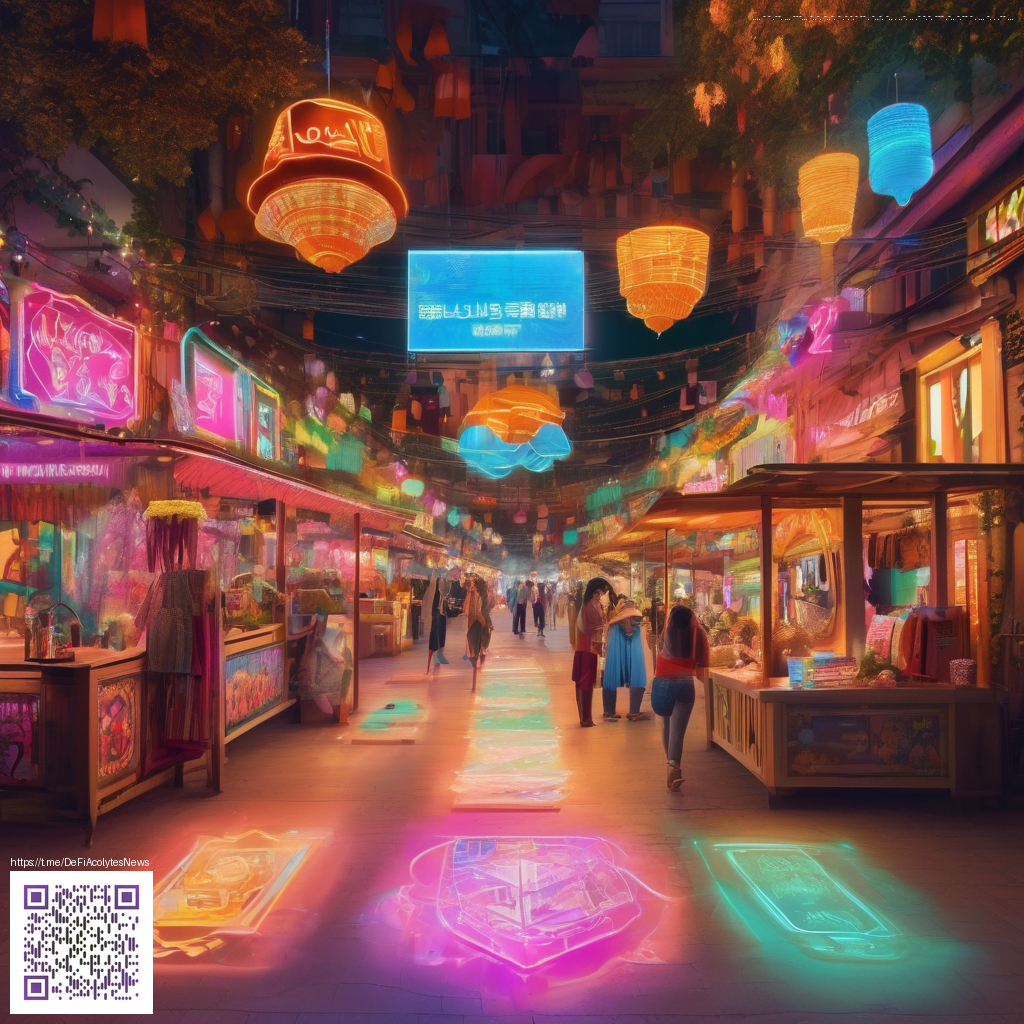
A Deep Dive into Modern Game Design Influenced by the Remake
The latest iteration of a beloved survival horror classic has become more than a fresh coat of paint for fans. It stands as a teaching moment for designers across the industry showing how careful modernization can preserve identity while pushing gameplay forward. Tightened pacing, more dynamic encounters, and a renewed emphasis on tension reveal a blueprint other studios are likely to study as they craft future remakes and new titles alike. The balance between homage and innovation shines through in every corridor and boss arena, inviting players to reexperience fear with contemporary tools.
Core Gameplay Innovations
What jumps out first is how the game preserves the original’s DNA while embracing modern expectations. The over the shoulder perspective feels responsive and precise, giving players a tactile sense of tracking enemies while managing space in cramped environments. Inventory management remains the iconic attache case, yet the flow has been refined to reduce friction during intense moments so that strategic decisions never stall the action.
Enemy encounters evolve with smarter AI and more varied tactics, nudging players toward careful resource management. The design nudges exploration and backtracking in smarter ways, rewarding players who map routes and memorize enemy patterns rather than brute forcing every confrontation. While the core loop stays faithful to the premise, the tempo benefits from a refined soundtrack and visuals that make each pivot point feel consequential. Tiny choices like when to conserve ammo or when to engage enemies up close can swing the momentum of a chapter, a design discipline that resonates with modern action games without sacrificing its survival core.
- Refined gunplay with improved recoil and aiming feel
- Streamlined inventory management that respects the original while boosting pace
- Smarter enemy behavior that rewards observation and timing
- Dynamic lighting and weather cues that heighten mood without immersion breaks
- Encounter pacing that balances quiet investigative spaces with high intensity sequences
Designers also retooled sequences that once hinged on rote set pieces into moments that reward player skill and adaptation. The result is a tighter, more replayable experience that still respects the moment when players first felt fear in the franchise warping corridors and dim halls. The lesson here for creators is clear: modern design thrives when interactivity shapes emotion rather than merely amplifying spectacle.
Community Pulse and Modding Culture
Fans and creators have embraced the remake as a platform for experimentation. The modding community continues to push the envelope with graphical overhauls, texture packs, and quality of life adjustments that tailor the experience to personal preferences. Community projects show a healthy culture of collaboration where players share tweaks that tune difficulty, accessibility, and visuals, extending the game’s lifespan far beyond its initial release window. This culture mirrors broader trends in modern gaming where user generated content enriches the baseline experience and fosters sustained conversation around design choices.
Across platforms andPlay sessions, players discuss subtle shifts in pacing and how small changes can alter strategic decisions. Communities also dissect boss mechanics to appreciate how modern design reinterprets classic moments while staying faithful to the source material. The end result is a living conversation about what makes a remake feel essential rather than optional. The community becomes a living testing ground for ideas that studios can consider in subsequent projects and updates.
Update Cycles and Developer Commentary
Through thoughtful updates and ongoing dialogue, the development team demonstrates how a modern remake should respond to player feedback. Patches address a range of concerns from progression blockers to performance and stability, while tweaks to enemy behavior and balance refine the overall challenge. This active post release support underlines a growing industry expectation that modern titles remain adaptable after launch, with developers listening to the community and refining the product in meaningful ways.
Beyond patches, official communications emphasize a design philosophy oriented toward tension, clarity, and accessibility. Developers outline how modern technology enables crisper visuals and smoother controls, all while preserving the game’s signature pacing. This approach provides a blueprint for other teams aiming to update classic IP without erasing what made the original endure. The result is a design conversation that travels beyond one title and informs how the industry approaches remakes and reimaginings overall.
Design Lessons for the Next Gen
Several takeaways stand out for studios shaping the next wave of games. First, authenticity matters and can be amplified through modern tools without losing tone. Second, the integration of exploration and resource management should feel organic rather than forced, rewarding curiosity and strategic planning. Third, community engagement is not optional but essential, providing a live testing ground for balance, accessibility, and quality of life improvements. Finally, when a game is built to be a living product, updates and mod support become part of the core experience rather than an afterthought. All of these factors together craft a template for how to refresh a classic IP while adding durable, design forward value.
For players who crave depth, the remake becomes a case study in how to translate iconic moments into modern tools that still respect the emotional cadence of the original. It shows that the future of game design lies at the intersection of craftsmanship, community collaboration, and a willingness to iterate. If more studios adopt this mindset, we may see a wave of reimagined titles that honor their roots while boldly pushing gameplay boundaries forward. 💠 The result is a healthier ecosystem where player creativity and developer ambition grow hand in hand 🌑.
Support Decentralized InternetMore from our network
- Devoted caretaker combo and looping triggers in a strategic deck
- Top MTG commanders to pair with Oblivion Stone in Commander
- Master digital emboss and deboss effects for stunning design
- Community driven archetypes for enraged revolutionary in MTG
- Digital paper in AI art prompts techniques and trends